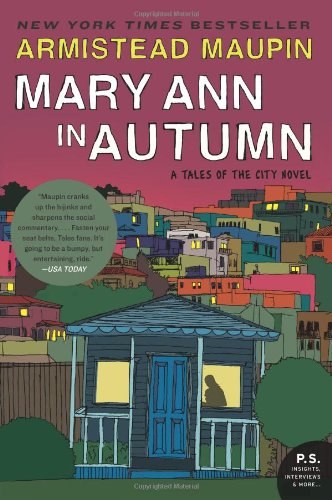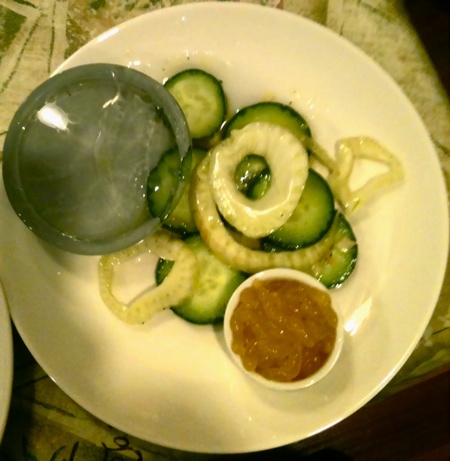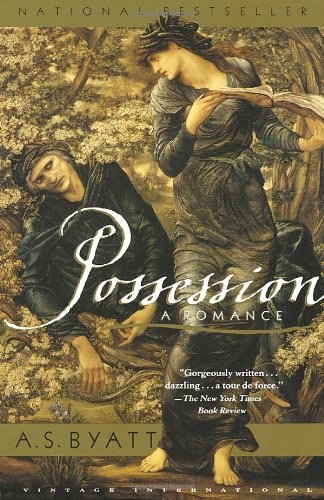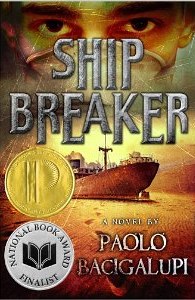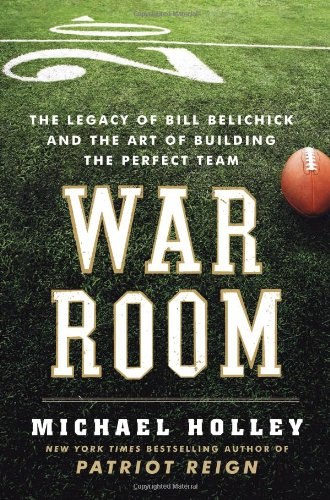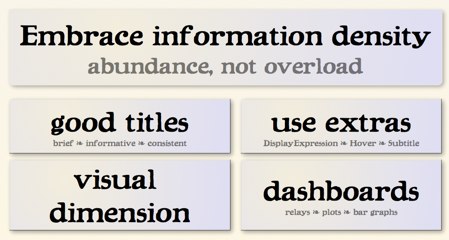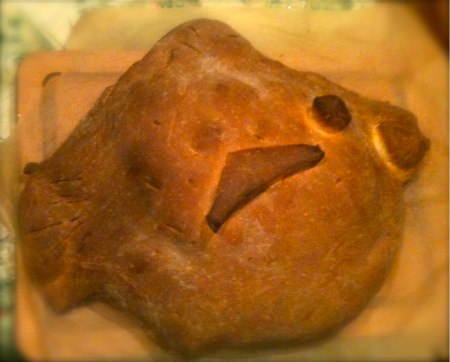Alan Jacobs (The Pleasures of Reading In An Age Of Distraction ) has written an intriguing essay on Christianity and the Future of the Book. On Twitter, I called it a Jeremaid, and this led to a classic (and richly deserved) Woody Allen scene, a new media moment into which I walked with both eyes wide shut.
) has written an intriguing essay on Christianity and the Future of the Book. On Twitter, I called it a Jeremaid, and this led to a classic (and richly deserved) Woody Allen scene, a new media moment into which I walked with both eyes wide shut.
There is a lot that is right in this essay – the section on PowerPoint in church is wonderful – but some details are perhaps less right. These stem from what Jay Bolter terms “naïve American technological determinism,” a faith to which I sometimes admit but which I would not expect Jacobs to share.
This point could be illustrated in any number of ways, but with particular force in tracing the long entanglement of Christianity and the distinctive form of the book called the codex. In this history one can discern many ways in which forms of religious life shape, and in turn are shaped by, their key technologies. And as technologies change, those forms of life change too, whether their participants wish to or not.
This posits the readers (and the communicants) as passive beneficiaries or helpless victims adrift in a sea of technological forces they cannot master. This might be true. Many people think it is true, that people are sheep, fundamentally lazy and easily swayed.
My sense of the history of reading suggests that this is a fantasy, that people are not really like this. Real people work hard to make sense of what they read. They overcome obstacles and endure discomforts in order to do so. You and I did. (OK, perhaps your students don’t. Nor did Aristotle’s. We are not now that strength which in old days. I shall return to this before the end.)
of reading suggests that this is a fantasy, that people are not really like this. Real people work hard to make sense of what they read. They overcome obstacles and endure discomforts in order to do so. You and I did. (OK, perhaps your students don’t. Nor did Aristotle’s. We are not now that strength which in old days. I shall return to this before the end.)
It is true that the codex fit nicely with early Christian agendas and anxieties. Jacobs breaks these down in four useful categories: economy, portability, integrity, and sequentiality. The argument for sequentiality is important but it is also a bit forced – scrolls and codex books are sequential in different ways. Codex books also facilitated random access: you could look stuff up, and you could build all sorts of apparatus to facilitate catalogs and cross-references. Some of the early arguments about canonical sequence arose only because the codex imposed sequence on things that were not naturally or intrinsically sequential. Implicit here – perhaps too implicit – is the suitability of the codex for preserving a small number of vital texts through the terrible upheavals that accompanied the Christian demolition of classical learning.
to facilitate catalogs and cross-references. Some of the early arguments about canonical sequence arose only because the codex imposed sequence on things that were not naturally or intrinsically sequential. Implicit here – perhaps too implicit – is the suitability of the codex for preserving a small number of vital texts through the terrible upheavals that accompanied the Christian demolition of classical learning.
Jacobs joins many commentators in assuming that Christianity was central to the spread of the codex. This might be true, but the evidence is not entirely clear. Lots of early Christian manuscripts are codices, and many of our surviving early non-Christian manuscripts are not. But we have a tremendous selection bias at work here: for many centuries, books and scrolls survived because librarians and archivists thought them relevant to Christianity. (The great Moslem libraries had other agendas, but if they ever had many second century manuscripts, those were lost long ago.) We know almost nothing about the form of Mithraic texts, or of Isis beyond anomalous Egypt, or of Magna Mater or Cybele. As far as I know – and I might be mistaken here – we know nearly nothing about the format of arts and science texts in the West before the 4th century.
The Empire was the great administrative triumph of antique civilization, but our knowledge of its administrative texts depends on stone and bronze monuments, late transcriptions and digests, a box of letters from a military outpost at Vindolanda, and on cryptic documents like the Notitita Dignitarum and the Peutinger Table which are filled with information if only we had a clue who wrote it down, what it was supposed to accomplish, and whether their author knew what he was talking about.
So, yes: the Christians may have led the way. But suppose the innovation started in the Army, or in the the supply of paper, or in reformed business practice, or among the Palatine slaves, and then that innovation spread to everyone else – Christians included. The evidence that survived a millenium of monks might look pretty much as it does.
But this is a side issue, interesting but not important, and one where I know very little. The final sentences of the essay accidentally evoke unpleasant echoes:
But even those who do not care for Christianity should remember that Christians tend to be a proselytizing people....When the evangelists come to our doors, may they come bearing iPads and Kindles.
Reading this, I find myself thinking, “Well, better iPads and Kindles than pitchforks and torches, like last time.” I admit this is uncharitable.
Where I think Jacobs chiefly strays is a bit earlier his conclusion:
This does not mean that the decline of the paper codex, if indeed it is coming, is insignificant. A digitized book will certainly lose some of the features that make the paper codex intellectually powerful, and the aesthetic experience of reading e-texts — which is important — is far inferior to that of reading many codices. (Even when the aesthetics are improved, as they surely will be, that development may not proceed in directions bibliophiles find very appealing.) So there is every reason for those of us who love paper codices to defend them; but we will do this more effectively if we understand what truly is distinctive to them, more specifically the contrast between “books” and “screens.”
There is much here that I think is wrong, and very little that follows from the rest of Jacobs’ argument. This is not argument at all, but faith – or, better, temperament.
A digitized book will certainly lose some of the features that make the paper codex intellectually powerful.
Why is this certain? The pen in my pocket is much better than the pen my father carried to war in the Philippines, and that pen was a marvel compared to the quill his grandfather, a learned man, must have used in the Pale. My dinner tonight will be better than theirs. My car, bad as it is, is better than my great-grandather’s horse, if that learned man could have afforded to keep a horse.
If the electronic book lacks some features that make the codex intellectually powerful, we can (and must) add those features to the electronic book.
The reflexive assumption that new books will be worse, that bibliophiles won’t find them appealing, that their aesthetic experience must be worse, is neither reasoned nor reasonable. It does not stem from the history of the book, of reading, of technology. My uncle Mike (who read widely and loved a well made book) would have had a ready explanation in the Christian interpretation of the Fall, Man’s corruption, and vanity.
We are not sheep. If our books are not as good as they can be, we can make them better. If we know how to make them better, and we want to make them better, why would we not?
And Who is going to stop us?
Update: Jacobs replies.
